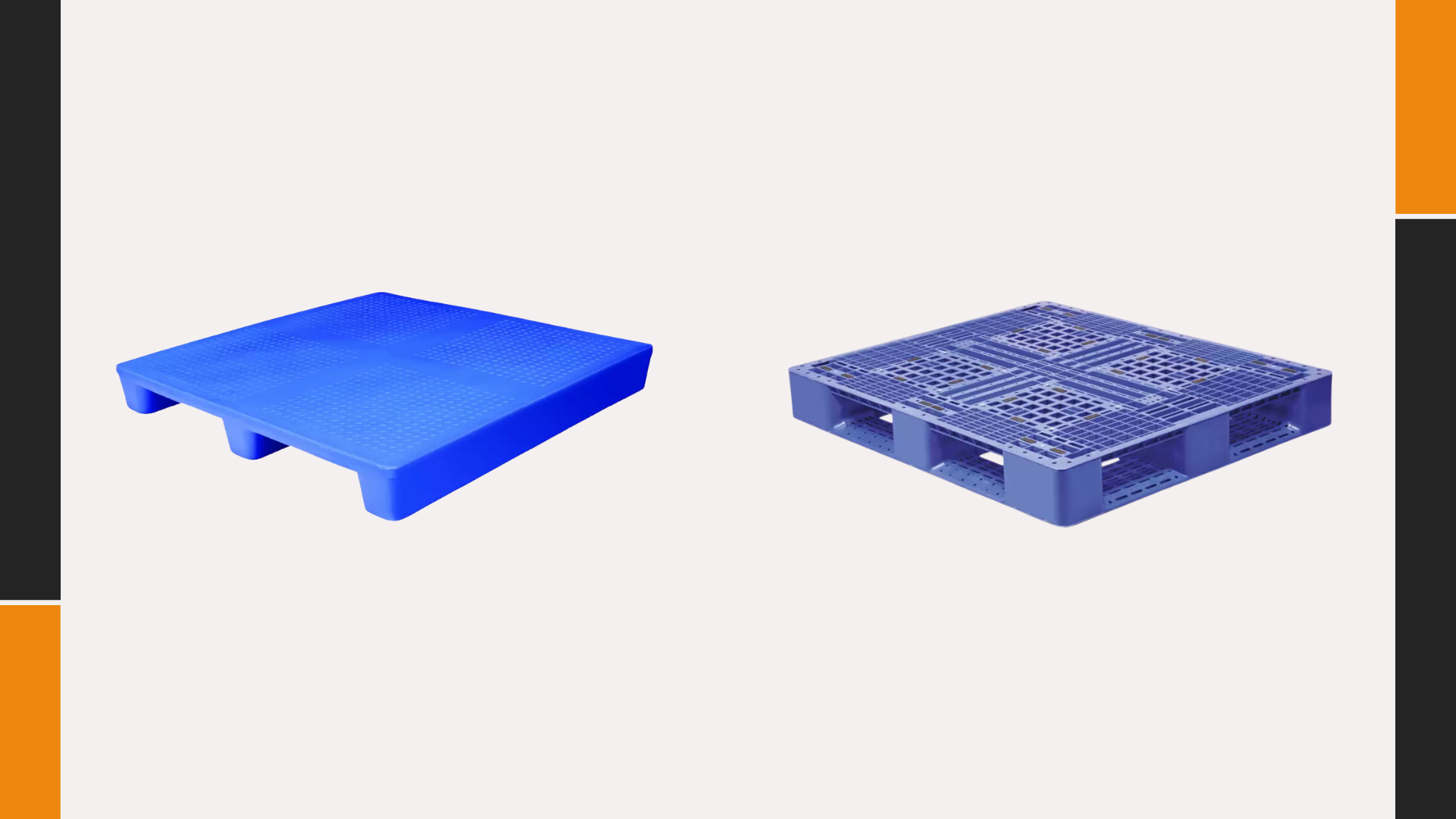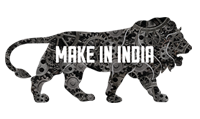When it comes to manufacturing plastic pallets, choosing the right molding process is crucial for achieving the desired quality, cost-effectiveness, and efficiency. Two popular methods, roto molding (rotational molding) and injection molding, offer distinct advantages and are suitable for different applications.
Consulting with experienced plastic molding professionals, swift technoplast, can help guide you towards the most suitable process for your application.
In this blog, we’ll delve into the differences between roto molding and injection molding, their respective pros and cons, and factors to consider when making a choice between the two.
What is Rotomolding?
Rotational molding, commonly known as roto molding, is a plastic molding process that involves heating and rotating a hollow mold filled with a powdered resin. The rotation distributes the resin evenly, creating a uniform thickness and shape as it cools and solidifies. Roto molding is often used for large, hollow objects such as tanks, containers, and playground equipment.
What advantages does the Rotomolding Process offer?
1. Design Flexibility:
Roto Molding offers excellent design flexibility, allowing the creation of complex shapes and structures with minimal constraints. It is particularly suitable for producing large, hollow parts such as tanks, containers, and playground equipment.
2. Cost-Effectiveness:
The tooling costs associated with Roto Molding are relatively low compared to Injection Molding, making it a cost-effective option for low to medium volume production. However, unit costs may be higher for smaller production runs due to longer cycle times.
3. Uniform Wall Thickness:
Roto Molding enables the production of parts with uniform wall thickness, resulting in consistent strength and durability throughout the product.
4. Limited Material Selection:
While Roto Molding supports a wide range of materials, including polyethylene, PVC, and nylon, it may not be suitable for all types of plastics. Material selection is crucial to ensure desired properties such as UV resistance, chemical resistance, and color stability.
Limitations of Roto Molding:
1. Longer Cycle Times:
Roto molding typically has longer cycle times compared to injection molding, which can affect production efficiency for high-volume runs.
2. Limited Material Options:
While roto molding supports various thermoplastic materials, it may not be suitable for all types of resins, limiting material options compared to injection molding.
3. Surface Finish:
Roto molded parts may have a textured surface finish, which may require additional finishing processes for certain applications.
What is Injection Molding?
Injection molding is a plastic molding process that involves injecting molten resin into a mold cavity under high pressure. Once the resin cools and solidifies, the mold opens, and the finished part is ejected. Injection molding is widely used for producing a wide range of plastic products, including automotive components, consumer goods, and electronics.
What advantages does Injection molding offer?
1. High Precision and Complexity:
Injection Molding offers exceptional precision and repeatability, making it ideal for producing intricate parts with tight tolerances. It is suitable for high-volume production of small to medium-sized parts used in automotive, electronics, and consumer goods industries.
2. Fast Cycle Times:
Injection Molding typically has shorter cycle times compared to Roto Molding, allowing for faster production rates and higher throughput. This makes it well-suited for mass production scenarios where efficiency and speed are paramount.
3. Wide Material Selection:
Injection Molding supports a vast array of thermoplastic and thermosetting materials, offering flexibility in material selection to meet specific performance requirements. From commodity plastics like polyethylene and polypropylene to engineering plastics like ABS and polycarbonate, Injection Molding can accommodate diverse material needs.
4. Surface Finish Options:
Injection molding can achieve a wide range of surface finishes, from smooth and glossy to textured and matte, without additional processing.
Limitations of Injection Molding:
1. Higher Tooling Costs:
Injection molding tooling can be expensive, especially for complex molds with multiple cavities and features, which may impact initial investment costs.
2. Design Constraints:
While injection molding offers excellent design flexibility, certain geometries and features may require draft angles, undercuts, or additional tooling considerations.
3. Material Waste:
Injection molding generates scrap material, such as sprues and runners, which may increase material waste and production costs.
Choosing the Right Plastic Molding Process:
When deciding between Roto Molding and Injection Molding, several factors should be considered:
1. Production Volume:
For low to medium volume production, Roto Molding may offer a more cost-effective solution due to lower tooling costs. Injection Molding becomes more economical for high-volume production runs.
2. Part Complexity:
If your parts have intricate designs or require tight tolerances, Injection Molding may be the preferred choice. For large, hollow parts with simpler geometries, Roto Molding provides greater design flexibility.
3. Material Requirements:
Consider the specific material properties required for your application, as well as factors such as UV resistance, chemical resistance, and color stability. Ensure that the chosen molding process can accommodate the desired material effectively.
Ultimately, the choice between roto molding and injection molding depends on the specific needs of your project, balancing factors such as design complexity, production volume, material properties, and budget constraints.
Conclusion
Both roto molding and injection molding are valuable plastic molding processes manufacturing, each offering unique advantages and applications. By understanding the differences, advantages, and limitations of these molding techniques, manufacturers can make informed decisions to optimize product quality, production efficiency, and cost-effectiveness for their specific requirements.
Consulting with experienced plastic molding professionals can help guide you towards the most suitable process for your application.
Swift Technoplast helps you in carefully evaluating your needs and considering the advantages and considerations of each pallet type, we help you to make an informed decision that optimizes efficiency and productivity in your material handling operations.


